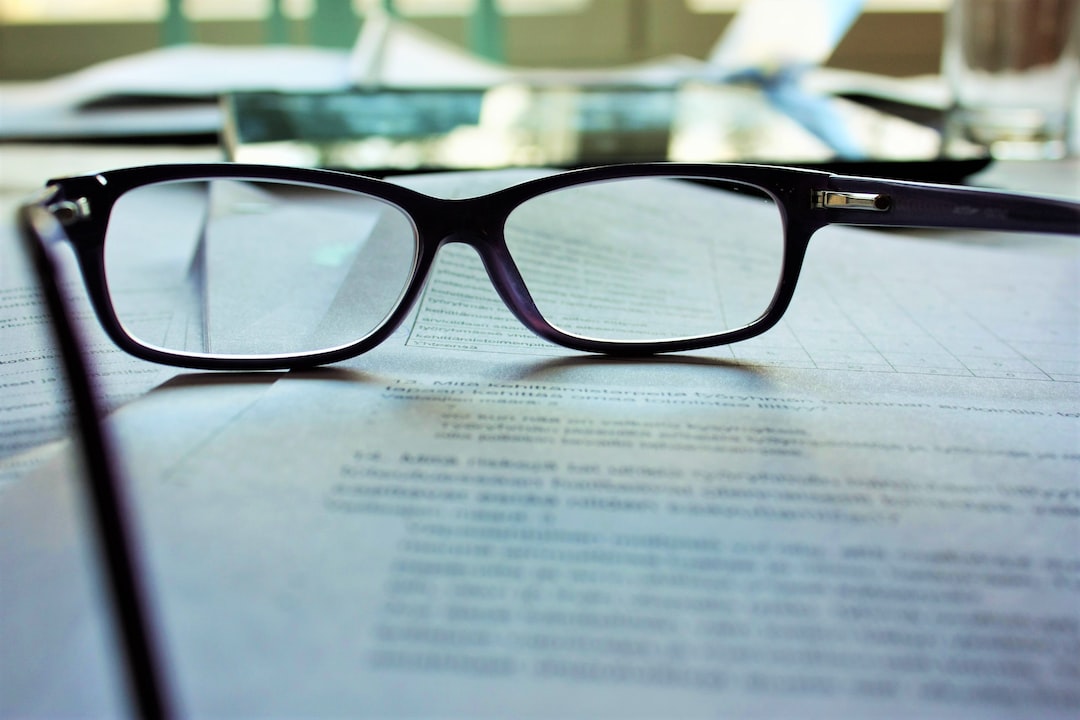The role of evidence in a legal case: Gathering, presenting, and challenging
The legal system operates on the principle that every individual is innocent until proven guilty, and evidence plays a crucial role in determining guilt or innocence. Evidence serves as a fundamental building block in constructing a case, enabling lawyers to support their arguments, make reasonable inferences, and persuade the judge or jury. This article explores the vital role evidence plays in a legal case, covering its gathering, presenting, and challenging.
The gathering of evidence is a meticulous and essential process. Investigators, lawyers, and legal professionals meticulously collect a range of evidence to substantiate their claims or disprove those presented by opposing counsel. This evidence can be classified into two broad categories: direct evidence and circumstantial evidence.
Direct evidence refers to tangible facts directly linked to the case at hand. It can include physical objects, documents, or testimonies from witnesses who directly observed the event in question. For example, in a murder trial, a video recording showing the defendant committing the act would be deemed direct evidence. Such evidence, owing to its unambiguous nature, carries significant weight in court proceedings.
Circumstantial evidence, on the other hand, indirectly points to guilt or innocence. It does not directly prove a fact but rather suggests its likelihood. This evidence includes inferences or deductions from established facts and can be crucial in establishing a motive or linking a suspect to a crime scene. For instance, the discovery of the defendant’s fingerprint at the crime scene would be considered circumstantial evidence. While it may not be as conclusive as direct evidence, it can be persuasive when presented in a coherent and logical manner.
Once evidence has been gathered, lawyers must diligently present it in court to bolster their arguments effectively. The primary reason for presenting evidence is to substantiate claims made by both the prosecution and the defense. By introducing relevant evidence in court, the aim is to establish the credibility of their claims and convince the judge or jury of their version of events.
The presentation of evidence in court follows specific procedural rules to ensure fairness and accuracy. Prior to the trial, both parties have the opportunity to review and examine the evidence disclosed by their opponents. This process, known as discovery, permits lawyers to evaluate the strength and reliability of the evidence, prepare counter-arguments, and plan their strategies accordingly.
During the trial, evidence is presented through witnesses, testimonies, and physical exhibits. Witness testimonies are essential since they offer firsthand accounts of events or provide expert opinions on particular matters relevant to the case. Additionally, forensic evidence such as DNA analyses or fingerprints is often introduced to support or refute a claim. Presentation of evidence requires careful coordination between lawyers, who introduce evidence systematically and emphasize its significance, all while adhering to established legal procedures.
The opposing party, naturally, has the right to challenge and question the presented evidence. This process known as cross-examination allows them to scrutinize the validity, credibility, and relevance of the evidence put forth. Through cross-examination, attorneys attempt to create doubt in the minds of the judge or jury, highlighting inconsistencies, biases, or ulterior motives among witnesses or flaws in the collection or analysis of evidence. Properly challenging evidence can be a critical factor in undermining the credibility of the opposing case and strengthening one’s own.
Furthermore, an important aspect of challenging evidence lies in the authenticity and admissibility of the evidence. Lawyers must abide by strict rules of evidence and ensure that the presented evidence is legally obtained, properly preserved, and relevant to the case at hand. Any irregularities or violations could lead to the exclusion of evidence from consideration.
In conclusion, evidence holds significant importance in the context of a legal case. It is through the careful gathering, presentation, and challenging of evidence that lawyers are able to build a compelling case, establish guilt or innocence, and ultimately seek justice. The proper administration of justice depends on the quality and reliability of evidence, ensuring fair trial proceedings and protecting the rights of defendants and victims alike.

